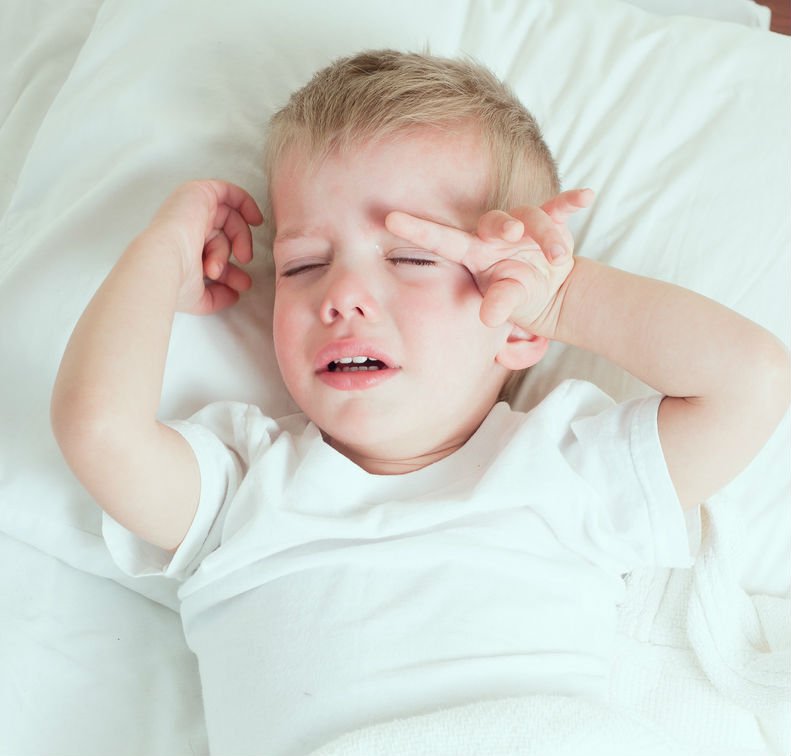Adolescent Neck and Shoulder Pain–The Association with Depression, Physical Activity, Screen-based Activities, and Use of Health Care Services
SOURCE: J Adolesc Health 2014 (Sep); 55 (3): 366–372
Solbjørg Makalani Myrtveit, Børge Sivertsen, Ph.D., Jens Christoffer Skogen, Ph.D., Lisbeth Frostholm, Ph.D. et al
Department of Clinical Science,
University of Bergen,
Bergen, Norway
Purpose: Neck and shoulder pain is frequent in adolescents, and multiple factors seem to affect the risk of such symptoms. We aimed to investigate the prevalence of neck and shoulder pain in Norwegian adolescence and to examine whether behavioral and emotional factors were associated with the risk of neck and shoulder pain. Finally we aimed to investigate whether neck and shoulder pain was related to the use of health services.
Method: Data from the population-based study ung@hordaland were used. Participants were asked how often during the last 6 months they had experienced neck and shoulder pain. The association between frequent neck and shoulder pain and physical activity, symptoms of depression, and screen-based activities was evaluated using logistic regression analyses stratified by gender. The relative risk of visiting health services when reporting neck and shoulder pain was calculated using multiple logistic regression analyses.
Results: Frequent neck and shoulder pain was reported by 20.0% (1,797 of the total 8,990) and more often by girls than boys (p < .001). A high score of depressive symptoms was the strongest risk factor for neck and shoulder pain in both boys and girls (odds ratio = 6.14 [95% confidence interval 4.48-8.42] and odds ratio = 3.10 [95% confidence interval 2.63-3.67], respectively). Frequent screen-based activities slightly increased the risk while physical activity was protective. Individuals reporting neck and shoulder pain more often visited their general practitioner (47.1% vs. 31.8%) and school health services (24.6% vs. 13.5%).
Conclusion: Frequent neck and shoulder pain was reported in 20% of Norwegian adolescents. Symptoms of depression and screen-based activities increased the risk of neck and shoulder pain while physical activity was protective. Individuals reporting neck and shoulder pain visited health services more frequently than others.
There is more like this @ our:
PEDIATRICS Section and the:
Keywords: Adolescent health; Depression; Health services; Neck and shoulder pain; Physical activity; Risk factors; Screen-based activities.
From the Full-Text Article:
Background
Neck and shoulder pain (NSP) is frequent in adolescence [1], with prevalence estimates ranging from 21% to 42%. [2]
Girls report NSP more frequently than boys [2–6], and the
prevalence of NSP seems to increase from early to late adolescence. [4, 7]
Multiple factors, including behavioral and psychological, are related to neck pain. In cross-sectional studies, psychological
factors such as depressive symptoms have been found to be associated with adolescent NSP [5, 8], and emotional distress seems to predict occurrence of weekly neck pain at follow-up among originally neck painefree adolescents. [9]







Leave A Comment